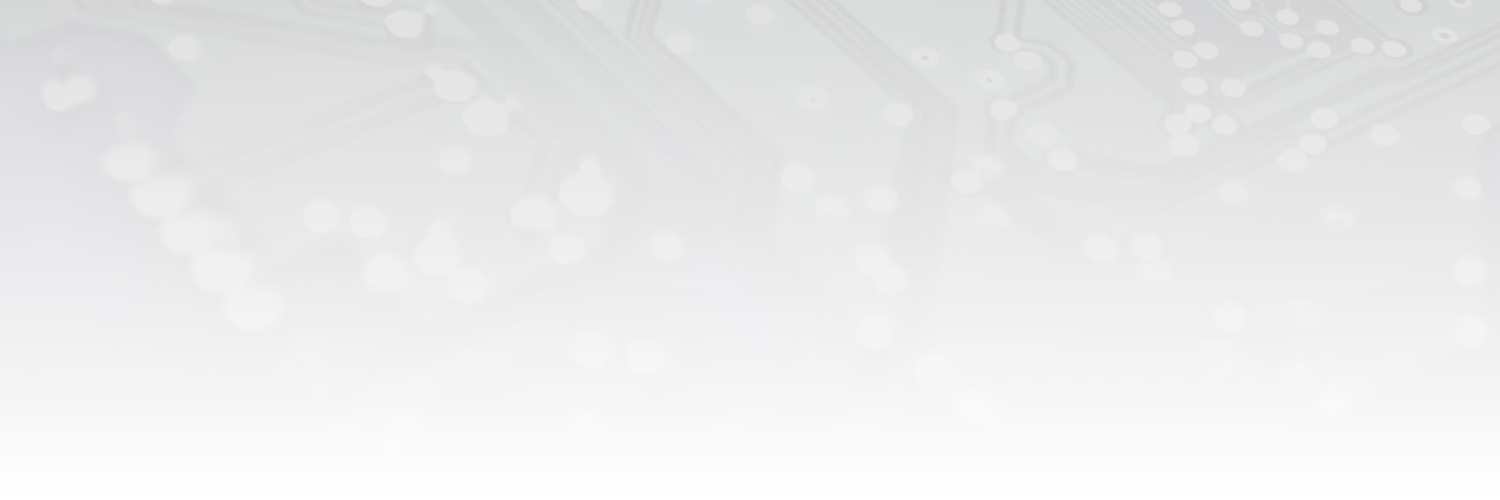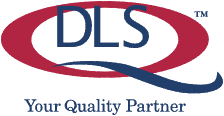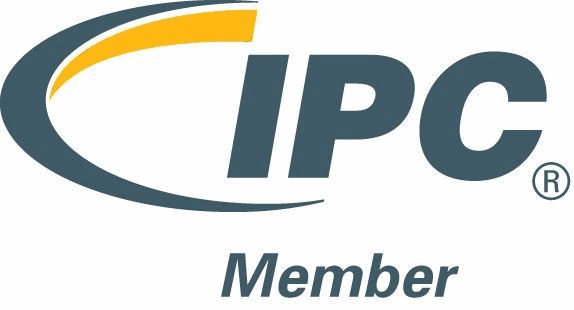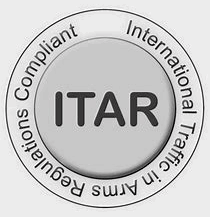In a world characterized by ever-evolving supply chain challenges, PCB designers are finding themselves in the position of having to craft backup plans that will ensure smooth production processes. With the unprecedented disruptions that the global market has faced in recent times, the need for alternative packaging options in the Bill of Materials (BOM) has become more apparent than ever before. Companies serving industries such as defense/military and aero - those with extremely tight controls on the materials specified for a project - will benefit greatly from the insights below!
Navigating the Supply Chain Minefield
For manufacturers who primarily serve the mil/aero sector, the luxury of making last-minute design changes is often off the table. Such changes would necessitate recertification, a costly and time-consuming process that can be untenable in a high-stakes industry where reliability and compliance are paramount. In this context, the shift towards foresightedness and proactive planning becomes essential.
PCB designers are now becoming more savvy in their approach, developing contingency plans right from the outset. Incorporating alternate packaging options directly into the circuit boards allows for smoother adaptability in the face of future supply chain disruptions. It is this forward-thinking attitude that will empower manufacturers to weather future storms with greater resilience.
The Upside of Preparedness
In the past, the electronics industry has experienced cyclical disruptions that impacted specific components, such as micro lead-frame chip carriers (MLCC) and integrated circuits (IC). However, the recent upheavals have been unparalleled in scope and longevity. While this situation has proven challenging, it has also provided an opportunity for collective growth and learning. The entire global electronics community has faced the same trials, fostering greater cooperation and understanding among stakeholders.
A New Era of Design Philosophy
The concept of designing for alternate packages or multiple choices is now emerging as an indispensable practice even in times of smooth supply chain operations. Acknowledging that uncertainties are inherent to the industry, proactive designers are beginning to ask critical questions during the design phase. "What are the most critical components that might impact production? How can we integrate solutions into the layout to swiftly respond to future challenges?" These questions are driving a paradigm shift in design philosophy.
Mapping Out Backup Strategies
Notating alternate options in the assembly notes or bill of materials is a crucial aspect of embracing packaging alternatives. Specificity is key, ensuring that manufacturers have a clear understanding of the intended choices. More and more companies are beginning to place great emphasis on traceability, making it essential to maintain accurate documentation throughout the manufacturing process. By providing a detailed BOM that outlines the various alternatives, designers can ensure smooth collaboration and prevent ambiguity.
The Resilient Road Ahead
The concept of double- and triple-sourcing critical components is gaining traction among industry experts. While it might have seemed excessive in the past, the current climate has reinforced the importance of having backups in place. PCB designers are now exploring multiple Approved Vendor Lists (AVLs) during the certification process, allowing for greater flexibility and adaptability in future scenarios.
The electronics industry has witnessed unparalleled challenges in recent years, bringing both disruption and transformation. The power of packaging options in the BOM cannot be understated, providing a lifeline for manufacturers facing supply chain uncertainties. By adopting proactive design practices that incorporate alternate packaging choices and developing comprehensive backup strategies, PCB designers can navigate the supply chain minefield with confidence and resilience. Embracing this philosophy of preparedness ensures that the industry continues to thrive, even in the face of unforeseen obstacles.




